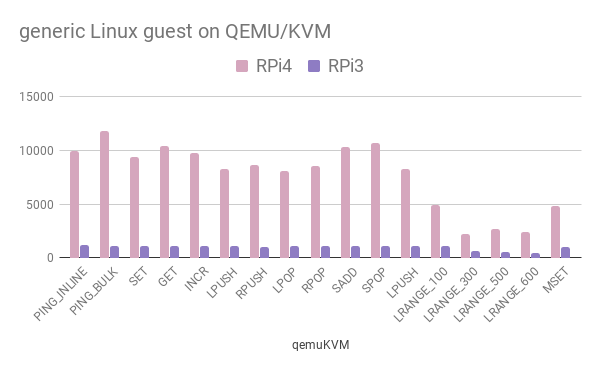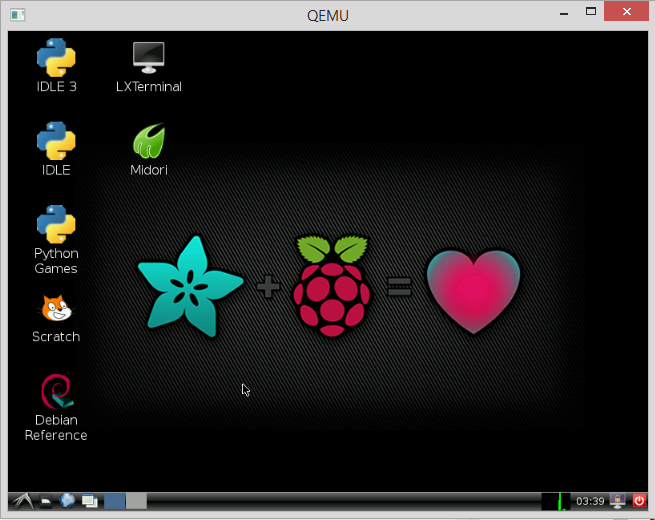

# This file describes the network interfaces available on your system You have to create a br0 bridge interface and to add both ens3 and tap0 interfaces, latter will be used by the emulated QEMU System ARM daemon to connect the raspberry interface to the bridge cat /etc/network/interfaces

Under Vmware ens33, before KVM (GNS) export, you have to re-name to ens3, otherwise under KVM the network won’t come up automatically Enable auto-login for raspberry user (otherwise you won’t be able to see furthe QEMU SYSTEM ARM console later) systemctl edit the following lines (all) ĮxecStart=-/sbin/agetty -autologin raspberry -noclear %I 38400 linuxĮnable the newly created service and reboot systemctl enable have to fine tune the Debian OS for being able to run the QEMU ARM binary and have network support as well.
Raspberry pi qemu install#
Install the necessary Binaries apt-get install sudo git bridge-utils qemu-system-arm unzipĪdd raspberry user to be part of the sudoers raspberry ALL=(ALL) NOPASSWD: ALLĤ. You have to prepare Debian 10.1 (Debian Buster) Virtual Machine (either under KVM or Vmware) that we use as the host machine, base image that will use for to emulate the raspberry pi and later transfer to under GNS3 (20 GB disk space is enough and created raspberry as a local user during the installer) You have now a chance to simply simulate / build a virtual raspberry pi cluster with the help of Debian, KVM, QEMU ARM and GNS3 technologies together. Use this guide with caution since we’re going to be playing with mounts that might harm your system.ĭownload the latest Archlinux distribution for the Raspberry pi.If you have ever had an idea to build a phyisical rasperry pi cluster like this: We will target the ARMv6 Raspberry Pi, i.e. The following guide assumes you are running Archlinux with pacaur on an x86_64 machine and that you’ve got root. Getting a build environment up and running The fourth method should also be possible but I haven’t tried it and it seems complicated and even slower. It did for me which is why I wrote this post.

Running the native arm compiler through QEMU maybe seems slow and weird but it could save some time. You can read the Hackaday writeup on how this goes here. the memory isn’t enough and/or it simply takes too long time to compile since the cpu is weak.Ĭross-compiling is the proper solution but it requires a bit of preparation and might take a lot of time to set up in case the toolchain has to be built (this is when a prebuilt toolchain is nice to have). The problem one might run in to is that the resources of the poor Raspberry pi run out, i.e.
Raspberry pi qemu code#
Run a native arm compiler by emulating the whole Raspberry pi system including the kernelĬompiling on the Raspberry pi itself works well if the code is small and doesn’t have a ton of heavy dependencies (e.g.Run a native arm compiler thorugh QEMU on a powerful x86_64 machine - this is what we’re going to do.Cross-compile it on a powerful machine using a cross-compiled toolchain (runs on your normal x86_64 machine and produces arm binaries).Compile the code on a Raspberry pi using a native compiler (a compiler that runs on arm and produces arm binaries).There are at least four ways to build a binary: I recently had to compile c++ code for the Raspberry pi and bumped into some issues because of the complexity of the code.


 0 kommentar(er)
0 kommentar(er)
